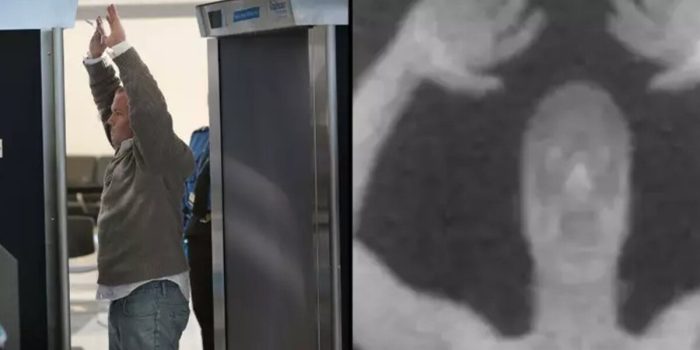Airport security is like a careful military operation because when you go through it, you have to put your things in trays, liquids in plastic bags, and walk through scanners with watchful staff. The use of X-ray machines at airports is a big improvement in security and these machines can look at you from head to toe, helping to find any potential dangers.
After a guy tried to set off explosives in his underwear on a flight in 2009, the Transportation Security Administration (TSA) in the United States started using backscatter technology. This technology was put in place to prevent similar incidents. They installed 174 scanners with backscatter technology in 30 US airports. These scanners could create a full-body image of travelers.

However, this caused some problems. People didn’t like that the scanners showed detailed images of their bodies. So, in June 2013, the scanners were removed from airports, and the TSA ended part of its contract with the company, Rapiscan.
To solve the privacy issues, airports switched to using millimeter-wave scanners. These scanners don’t show personal details like body size or private body parts. This change makes the scanning process less invasive and respects the privacy of passengers.
However, these full-body scanners stirred controversy, as they displayed explicit details of passengers, prompting criticism from privacy advocates. The scanners, which cost $180,000 each, faced resistance from travelers who refused to undergo the process.
The public backlash reached such levels that, in June 2013, airports were compelled to remove these scanners. The TSA terminated part of its contract with the manufacturer, Rapiscan, citing the inability to deploy non-imaging Automated Target Recognition (ATR) software by the Congressionally-mandated deadline.

Following the controversy, airports shifted to using millimeter-wave scanners, which employ non-ionizing electromagnetic radiation. Unlike their predecessors, these scanners aim to assess travelers without revealing details such as size, weight, height, or even intimate body parts.
Shawna Malvini Redden, PhD, an author and communication researcher specializing in TSA studies, highlighted the initial lack of privacy protections in early scanner versions. However, she noted that modern machines are designed to generate generic body images rather than unique, identifiable images of passengers.
Millimeter-wave imaging technology addresses privacy concerns by not detecting items inside a passenger’s body or penetrating the skin. This shift assures travelers that security staff will not be viewing explicit or intimate details during the scanning process. As a result, the focus during travel can now shift from concerns about personal privacy to anticipating the enjoyment of activities like sipping cocktails after perusing duty-free items.


